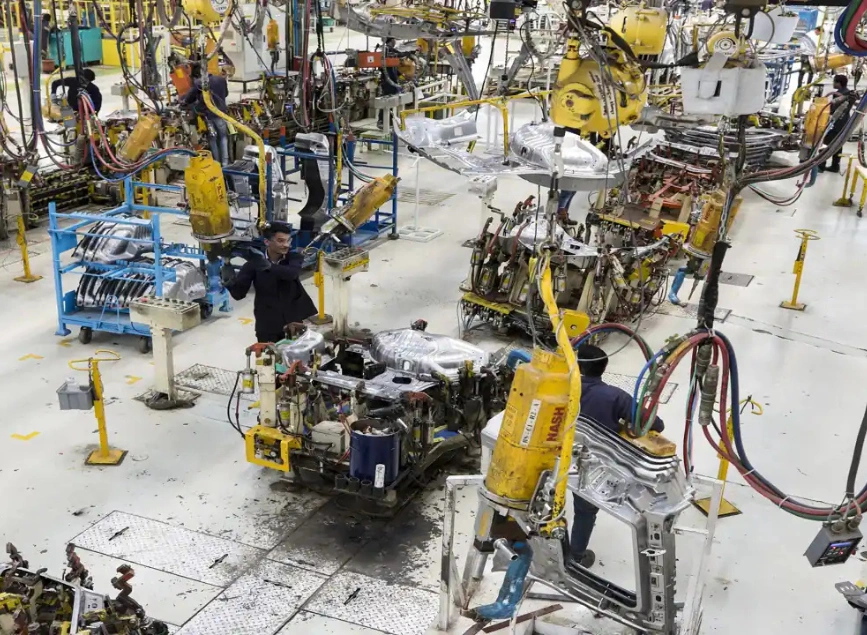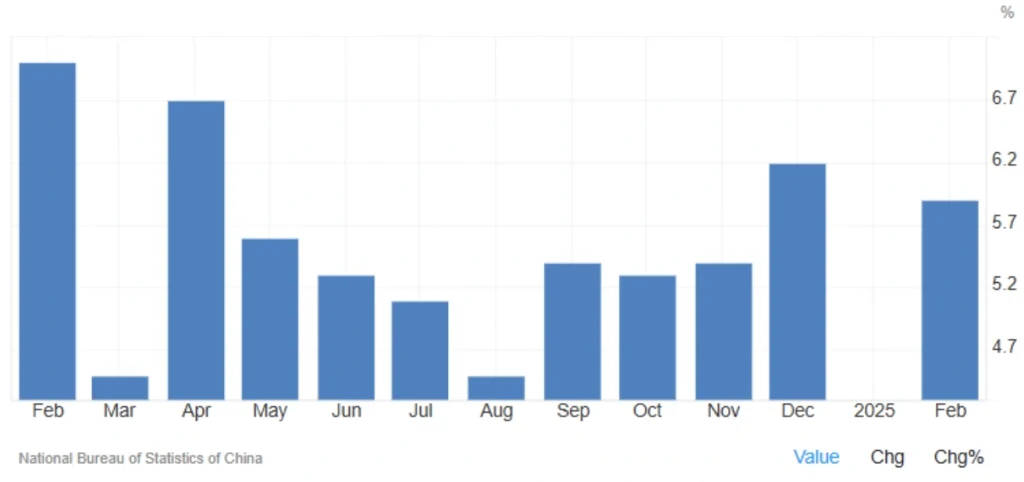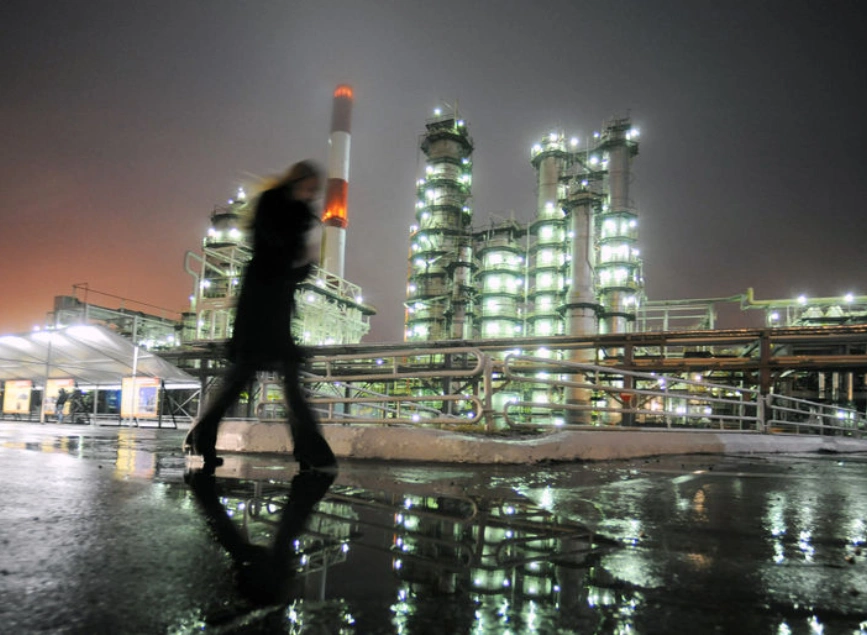
China’s Industrial Production Growth Surpasses Expectations in 2025
China’s industrial production in the first two months of 2025 has exceeded market expectations, signaling a resilient economy despite some signs of slowdown. Let’s dive into the details of this performance and analyze its potential impact on the global economy.
Industrial Production Surges 5.9% in January and February 2025
Industrial production in China rose by 5.9% in January and February 2025 compared to the same period last year. This growth surpassed the market forecast of 5.3%, highlighting the country’s continued economic expansion. However, this figure does mark a slight decline from December 2024’s 6.2% growth, suggesting some moderation in momentum.
Decline in Manufacturing Growth
Manufacturing production saw a decrease in growth, falling from 7.4% in December to 6.9% in the first two months of 2025. This slowdown indicates that the manufacturing sector may be facing some challenges, despite the overall positive outlook.
Stable Energy Sector Performance
The energy sector, including electricity, gas, heat, and water production, maintained stability, growing by 1.1%, a figure consistent with December’s performance. This stability is crucial for maintaining the overall economic growth, as energy production is a backbone for industrial activities.
Read More: China’s Manufacturing PMI Shows Unexpected Contraction
Mining Sector Sees Stronger Growth
The mining sector performed better, with production growth increasing from 2.4% in December to 4.3%. This uptick signals a recovery or expansion in China’s resource extraction industries, which are critical for both domestic use and export.
Sector-Wise Performance: Key Highlights
Among the 41 major industrial sectors, 36 experienced growth. Some of the most notable sectors include:
Automotive Production: A robust 12% growth in vehicle production reflects strong demand in both domestic and international markets.
Technology and Communications Equipment: The production of computer and communication equipment saw a 10.6% increase, driven by ongoing consumer demand for technological advancements.
Chemical Products: A 9.5% rise in chemical product manufacturing highlights strong demand for these goods in both industrial and consumer sectors.
The Importance of Industrial Production in the Economy
Despite the strong growth over the first two months of 2025, industrial production in February fell by 0.51% on a monthly basis. This drop could be attributed to several factors, including the temporary slowdown in production activities during the Chinese New Year holidays or a slight dip in global demand.

What Is Industrial Production?
Industrial production is a key economic indicator that measures the output of manufacturing, mining, and energy sectors. It is crucial for assessing the health of the economy, as it provides insights into the demand for goods and the state of the industrial base.
Why Does Industrial Production Matter?
Economic Health Indicator: An increase in industrial production often points to rising demand and economic growth.
Market Impact: Strong industrial production data can lead to a surge in stock market performance and strengthen the national currency.
Monetary Policy Implications: Central banks closely monitor industrial production to adjust interest rates and implement appropriate monetary policies.
Analyzing the Impact on Global Markets and the Economy
Positive Economic Signals
- Domestic and Export Demand Remain Strong: The growth in 36 out of 41 sectors shows that China’s industrial goods are in demand both locally and abroad. This is particularly evident in key sectors like automotive production and technology.
- Sustained Growth in Key Industries: The 12% growth in the automotive sector and the 10.6% rise in technology equipment production indicate a healthy appetite for industrial products, which could drive further economic expansion in China.
Potential Risks and Challenges
- Slower Growth Compared to December: The slight decline in growth from 6.2% in December to 5.9% in January and February suggests that economic pressures may be beginning to build, or global demand may be easing.
- February’s Monthly Decline: The 0.51% drop in February could be a temporary seasonal adjustment due to the Chinese New Year or a more significant signal of cooling global demand for Chinese goods.
- Energy Market Volatility: Although production in the energy sector grew by 0.9%, fluctuations in global energy prices could impact manufacturing costs, which might affect future production rates.
Conclusion: What Lies Ahead for China’s Economy?
While the growth in industrial production for January and February 2025 exceeded expectations, the signs of a slowdown in both the monthly production data and growth rate compared to December point to potential challenges ahead. However, the continued strong performance in key sectors such as automotive, technology, and chemicals suggests that China’s economy remains on a positive trajectory. Investors should stay vigilant and monitor global trends and seasonal factors to gauge whether this slowdown is temporary or indicative of longer-term challenges.
Ultimately, China’s industrial performance will be pivotal in shaping the broader global economic landscape in the months to come.
Share
Hot topics

What Is a Forex Robot and How Does It Work?
If you hang out with traders, in person, online, on Telegram or YouTube, you’ve probably seen someone talking about “Forex bots” or trading robots that can do some of the...
Read more




Submit comment
Your email address will not be published. Required fields are marked *